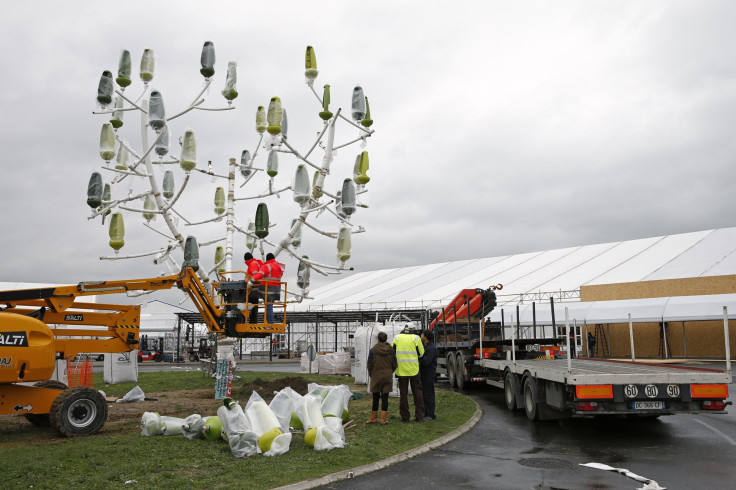How Can Countries Cut Down On Carbon Footprints? 2 Studies Examine Solutions In Energy. Farming Sectors

Negotiators at the international climate-change talks known as the 21st Conference of the Parties, or COP 21, in Paris in about a week will have plenty to debate when it comes to combating climate change in a globalized world, with two new studies indicating that solutions to reducing countries' carbon footprints could depend on continuing trade in some sectors while cutting back on it in others.
One study, co-authored by an economist at the Massachusetts Institute of Technology, found that although international trade has been posited as a way to fill gaps caused by declining agricultural production in some countries due to climate change, a better solution is for these nations to change what their own farmers grow rather than to turn to foreign states.
The other study, co-authored by researchers at the University of Illinois at Urbana-Champaign, looked at the export of wood pellets, employed to generate electricity, from the U.S. to the European Union, finding that even though their production and transport leave a sizable carbon footprint, it is still smaller than that associated with coal-based electricity.
In the MIT study, published in the Journal of Political Economy, researchers looked at whether international trade could mitigate declining agricultural production. Using models of agricultural production and global trade as well as Food and Agriculture Organization data, they found instead that countries should actually alter what they produce within their own borders to compensate for damages caused by climate change. During the next three decades, climate change is expected to lead to a decline in farming production by one-sixth.
"The key is the response within a country, in terms of what those farmers produce, rather than between countries," co-author Arnaud Costinot, a professor in the economics department at MIT, said in a statement. Yet those findings could be jarring for nations in a globalized world, where some increasingly rely on others to provide what they themselves cannot or would rather not produce.
Yet to cut back on trade is not the best formula in every sector. As indicated by the second study, to be published in the journal Environmental Research Letters, the exports of the wood pellets used to generate electricity have grown sixfold from the U.S. to the EU since 2008. The environmental impact of the practice has drawn the concern of some, but researchers found its carbon footprint was 74 percent to 85 percent smaller than that of generating electricity through the burning of coal.
"Basically, wood pellets look really good next to coal, even when you account for everything else," Madhu Khanna, a professor of agricultural and consumer economics at the University of Illinois, said in a statement. She and her fellow researchers found the carbon footprint of wood pellets was even smaller when the pellets were made from agricultural and forest biomass, rather than just forest biomass. "When you do the net calculation ... the net savings in carbon emissions by using pellets imported from the U.S., instead of coal, for electricity are substantial," Khanna said.
© Copyright IBTimes 2024. All rights reserved.












